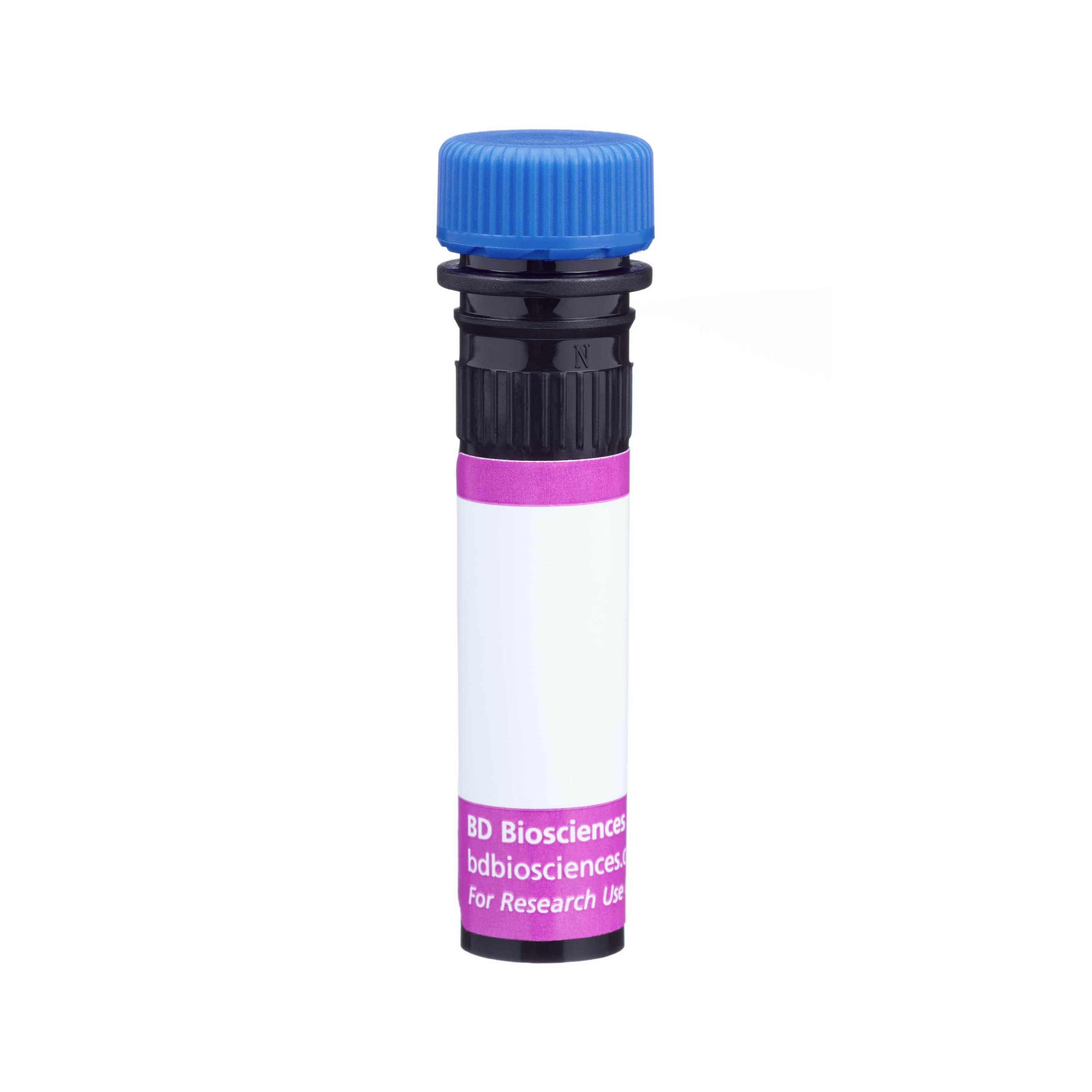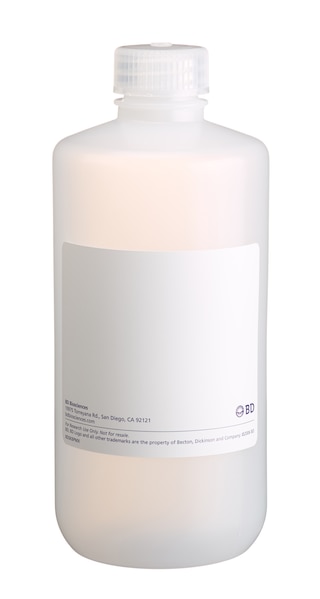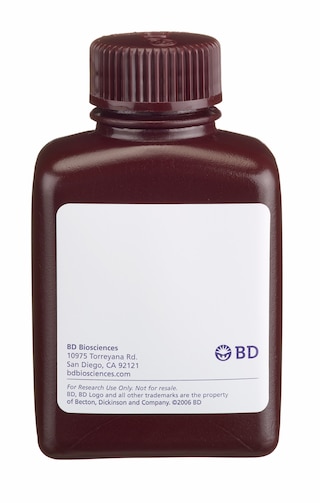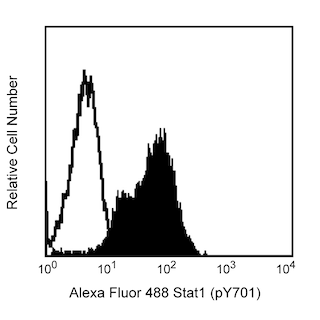-
Training
- Flow Cytometry Basic Training
-
Product-Based Training
- BD FACSDiscover™ S8 Cell Sorter Product Training
- Accuri C6 Plus Product-Based Training
- FACSAria Product Based Training
- FACSCanto Product-Based Training
- FACSLyric Product-Based Training
- FACSMelody Product-Based Training
- FACSymphony Product-Based Training
- HTS Product-Based Training
- LSRFortessa Product-Based Training
- Advanced Training
-
- BD FACSDiscover™ S8 Cell Sorter Product Training
- Accuri C6 Plus Product-Based Training
- FACSAria Product Based Training
- FACSCanto Product-Based Training
- FACSLyric Product-Based Training
- FACSMelody Product-Based Training
- FACSymphony Product-Based Training
- HTS Product-Based Training
- LSRFortessa Product-Based Training
- United States (English)
-
Change country/language
Old Browser
This page has been recently translated and is available in French now.
Looks like you're visiting us from {countryName}.
Would you like to stay on the current country site or be switched to your country?




Flow cytometric analysis of Akt (pS473) expression in human Jurkat cells. Cells from the human Jurkat (acute T cell leukemia; ATCC TIB-152) cell line were either treated with 1 μM Wortmannin (Life Technologies, Cat. No. PHZ1301) for 2 hours at 37°C (dashed line histogram) or left untreated (solid line histogram). The cells were fixed (BD Cytofix™ Fixation Buffer, Cat. No. 554655) for 10 minutes at 37°C, then permeabilized (BD Phosflow™ Perm Buffer III, Cat. No. 558050) on ice for 30 minutes, and then stained with BD Phosflow™ BV421 Mouse Anti-Akt (pS473) antibody (Cat. No. 562599). The data demonstrate that the level of phosphorylation of Akt (pS473) decreases when phosphatidylinositol 3-kinase activity is inhibited by the treatment of Jurkat cells with Wortmannin. The fluorescence histograms were derived from gated events with the forward and side light-scatter characteristics of intact cells. Flow cytometry was performed on a BD™ LSR II Flow Cytometry System.


BD Phosflow™ BV421 Mouse Anti-Akt (pS473)

Regulatory Status Legend
Any use of products other than the permitted use without the express written authorization of Becton, Dickinson and Company is strictly prohibited.
Preparation And Storage
Product Notices
- This reagent has been pre-diluted for use at the recommended Volume per Test. We typically use 1 × 10^6 cells in a 100-µl experimental sample (a test).
- Source of all serum proteins is from USDA inspected abattoirs located in the United States.
- Please refer to www.bdbiosciences.com/us/s/resources for technical protocols.
- Caution: Sodium azide yields highly toxic hydrazoic acid under acidic conditions. Dilute azide compounds in running water before discarding to avoid accumulation of potentially explosive deposits in plumbing.
- For fluorochrome spectra and suitable instrument settings, please refer to our Multicolor Flow Cytometry web page at www.bdbiosciences.com/colors.
- Pacific Blue™ is a trademark of Molecular Probes, Inc., Eugene, OR.
- Brilliant Violet™ 421 is a trademark of Sirigen.
- Species cross-reactivity detected in product development may not have been confirmed on every format and/or application.
Companion Products




Akt [also known as PKB (Protein kinase B) or RAC-PK (Related to the A and C kinases)] is a family of serine/threonine kinases that contains a pleckstrin homology (PH) domain. PH domains play important roles in signal transduction. There are three known isoforms of Akt in mammalian cells [Akt1 (α), Akt2 (β) and Akt3 (γ)]; they are thought to be regulated similarly. Akt is activated by insulin and growth factors by a mechanism involving phosphoinositide 3-OH kinase. Phosphoinositide 3-OH kinases products bind to the PH domain, resulting in translocation of Akt to the plasma membrane and activation of Akt to phospho-Akt by upstream kinases. Akt is phosphorylated within the activation loop at threonine 308 and the C-terminus at serine 473 (S473). Phospho-Akt promotes cell survival by inhibiting apoptosis. Specifically, phospho-Akt1 has been shown to phosphorylate Bad, a member of the Bcl-2 family that promotes cell death. This phosphorylation results in the inactivation of the proapoptotic function of Bad. The Akt molecule is thus considered to link extracellular survival signals (growth factors) with the apoptotic machinery (BAD). Akt is also a key mediator of the metabolic effects of insulin. Additionally, Akt has been referred to as an oncogene because it has increased activity in a number of tumors.
The M89-61 antibody recognizes Akt phosphorylated at S473. This phosphorylation site is shared by all three isoforms of Akt. The homologous phosphorylation sites in Akt2 and Akt3 are S474 and S472, respectively.
The antibody was conjugated to Brilliant Violet™ 421 and has been developed in collaboration with Sirigen. With an Ex Max of 407-nm and Em Max at 421-nm, Brilliant Violet™ 421 can be excited by the violet laser and detected in the standard Pacific Blue™ filter set (eg, 450/50-nm filter). Brilliant Violet™ 421 conjugates are very bright, often exhibiting a 10 fold improvement in brightness compared to Pacific Blue™ conjugates.

Development References (8)
-
Alessi DR, Andjelkovic M, Caudwell B, et al. Mechanism of activation of protein kinase B by insulin and IGF-1. EMBO J. 1996; 15(23):6541-6551. (Biology). View Reference
-
Cantley LC, Neel BG. New insights into tumor suppression: PTEN suppresses tumor formation by restraining the phosphoinositide 3-kinase/AKT pathway. Proc Natl Acad Sci U S A. 1999; 96(8):4240-4245. (Biology). View Reference
-
Datta SR, Dudek H, Tao X, et al. Akt phosphorylation of BAD couples survival signals to the cell-intrinsic death machinery. Cell. 1997; 91:231-241. (Biology). View Reference
-
Ferrigno P, Silver PA. Regulated nuclear localization of stress-responsive factors: how the nuclear trafficking of protein kinases and transcription factors contributes to cell survival. Oncogene. 1999; 18(45):6129-6134. (Biology). View Reference
-
Herishanu Y, Kay S, Dezorella N, et al. Divergence in CD19-mediated signaling unfolds intraclonal diversity in chronic lymphocytic leukemia, which correlates with disease progression. J Immunol. 2013; 190(2):784-793. (Clone-specific: Flow cytometry). View Reference
-
Kandel ES, Hay N. The regulation and activities of the multifunctional serine/threonine kinase Akt/PKB. Exp Cell Res. 1999; 253(1):210-229. (Biology). View Reference
-
Prinz PU, Mendler AN, Masouris I, Durner L, Oberneder R, Noessner E. High DGK-alpha and disabled MAPK pathways cause dysfunction of human tumor-infiltrating CD8+ T cells that is reversible by pharmacologic intervention. J Immunol. 2012; 188(12):5990-6000. (Clone-specific: Flow cytometry). View Reference
-
Schlickeiser S, Stanojlovic S, Appelt C, et al. Control of TNF-induced dendritic cell maturation by hybrid-type N-glycans. J Immunol. 2011; 186(9):5201-5211. (Clone-specific: Flow cytometry). View Reference
Please refer to Support Documents for Quality Certificates
Global - Refer to manufacturer's instructions for use and related User Manuals and Technical data sheets before using this products as described
Comparisons, where applicable, are made against older BD Technology, manual methods or are general performance claims. Comparisons are not made against non-BD technologies, unless otherwise noted.
For Research Use Only. Not for use in diagnostic or therapeutic procedures.
Report a Site Issue
This form is intended to help us improve our website experience. For other support, please visit our Contact Us page.